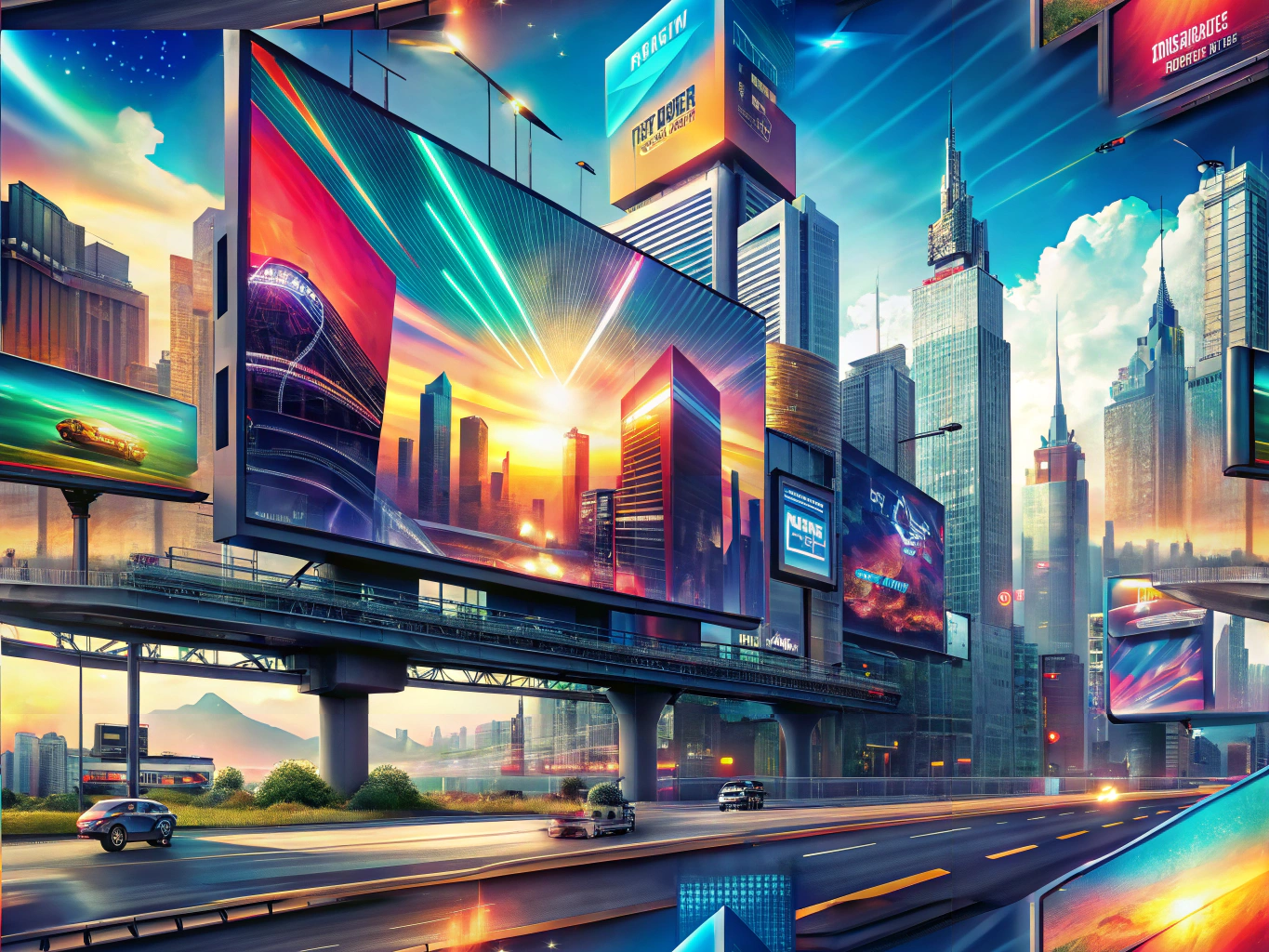Digital Billboards vs. Static Billboards: A Canvas for Creativity and ROI
In the vibrant world of advertising, the choice between digital and static billboards is akin to selecting the perfect canvas for an artist. For architects and designers, understanding billboard advertising effectiveness is not just about numbers—it’s about crafting a visual story that captivates and converts. Let’s explore the unique attributes of both digital and static billboards to uncover which might offer the most compelling return on investment (ROI).
The Art of Capturing Attention: Billboard Advertising Effectiveness
Billboards are the towering giants of advertising, commanding attention in bustling cityscapes and along busy highways. Their effectiveness is rooted in their ability to reach a diverse audience, making them a favored medium for architects and designers eager to showcase their creative prowess. Yet, the choice between digital and static formats can dramatically influence the success of an advertising campaign.
The Price of Innovation: Digital Billboard Cost vs. Static Billboard Cost
When it comes to cost, digital billboards are the premium choice, akin to a high-tech masterpiece. The digital billboard cost reflects the advanced technology that allows for dynamic, rotating content. This flexibility can be a game-changer, enabling advertisers to tailor messages to different audiences throughout the day, thus maximizing impact.
In contrast, static billboards are the classic, budget-friendly option. They offer a steadfast presence, displaying a single, unchanging message around the clock. For architects and designers working within tight budgets, static billboards provide a cost-effective way to maintain visibility without sacrificing reach.
The Palette of Possibilities: Billboard Advertising Pros and Cons
Each type of billboard brings its own set of advantages and challenges. Digital billboards shine with their ability to update content in real-time, responding swiftly to market trends or events. This adaptability enhances billboard advertising effectiveness by keeping messages fresh and engaging.
However, digital billboards are not without their drawbacks. Technical issues, such as malfunctions or power outages, can interrupt the advertising flow. Additionally, the higher digital billboard cost may not suit every campaign’s budget.
Static billboards, while less adaptable, offer a reliable and consistent presence. They are immune to technical hiccups and possess a timeless appeal that resonates with audiences. Yet, their static nature means content cannot be updated frequently, which may limit their effectiveness in fast-paced markets.
ROI: The Ultimate Measure of Success
The decision of which billboard type offers more ROI is as nuanced as choosing the right medium for a painting. For those aiming to make a bold statement with dynamic visuals, digital billboards may deliver a higher ROI, despite their cost. Their ability to captivate with eye-catching graphics and timely messages can significantly boost brand recognition and engagement.
On the other hand, static billboards may provide a better ROI for campaigns focused on cost-efficiency and sustained visibility. Their lower cost and enduring presence can effectively build brand awareness over time, making them ideal for long-term campaigns.
Crafting Your Advertising Masterpiece
Choosing between digital and static billboards is a strategic decision that should align with your campaign’s goals and budget. By thoughtfully considering the billboard advertising pros and cons, architects and designers can select the medium that best amplifies their brand’s voice and vision. Whether drawn to the dynamic allure of digital billboards or the steadfast reliability of static ones, understanding billboard advertising effectiveness is the key to creating an advertising masterpiece that delivers a successful ROI.

